- News
- Reviews
- Bikes
- Accessories
- Accessories - misc
- Computer mounts
- Bags
- Bar ends
- Bike bags & cases
- Bottle cages
- Bottles
- Cameras
- Car racks
- Child seats
- Computers
- Glasses
- GPS units
- Helmets
- Lights - front
- Lights - rear
- Lights - sets
- Locks
- Mirrors
- Mudguards
- Racks
- Pumps & CO2 inflators
- Puncture kits
- Reflectives
- Smart watches
- Stands and racks
- Trailers
- Clothing
- Components
- Bar tape & grips
- Bottom brackets
- Brake & gear cables
- Brake & STI levers
- Brake pads & spares
- Brakes
- Cassettes & freewheels
- Chains
- Chainsets & chainrings
- Derailleurs - front
- Derailleurs - rear
- Forks
- Gear levers & shifters
- Groupsets
- Handlebars & extensions
- Headsets
- Hubs
- Inner tubes
- Pedals
- Quick releases & skewers
- Saddles
- Seatposts
- Stems
- Wheels
- Tyres
- Health, fitness and nutrition
- Tools and workshop
- Miscellaneous
- Cross country mountain bikes
- Tubeless valves
- Buyers Guides
- Features
- Forum
- Recommends
- Podcast
feature
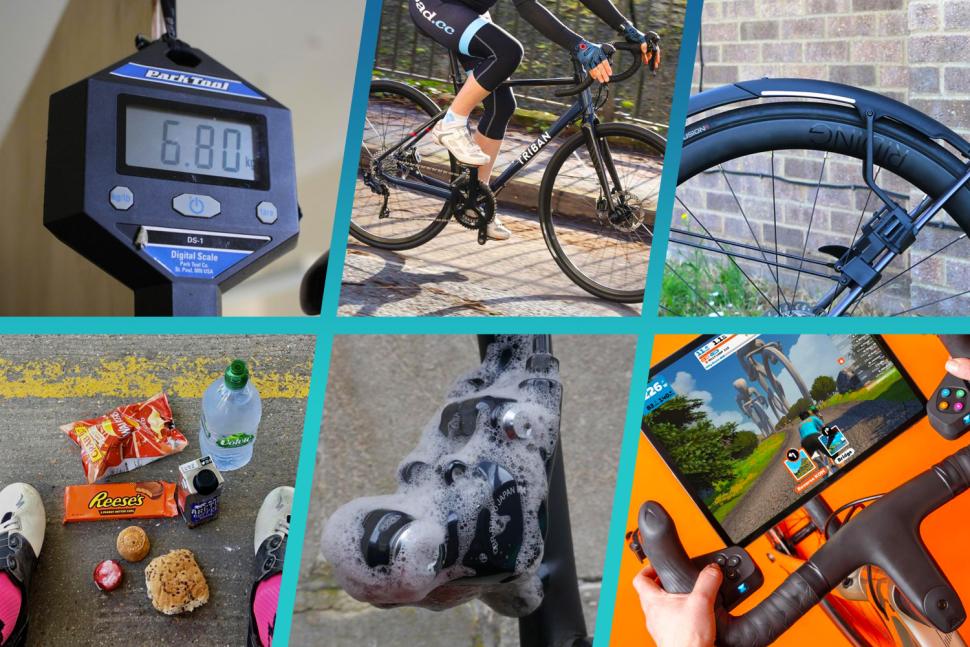 Essential money-saving tips for cyclists August 2023
Essential money-saving tips for cyclists August 2023Essential money-saving tips for cyclists — keep riding without breaking the bank
With high-end bikes costing more than some cars, it's easy to make the argument that cycling is an expensive hobby. It can be, and there are plenty of ways you can spend some serious cash on your bike, but it doesn't have to be that way. With these thrifty suggestions, you can keep cycling without quite so many worries about your bank balance...
Use the Cycle To Work Scheme
By deducting payments for your bicycle from your pre-tax salary, the Cycle To Work Scheme can slice off at least a quarter of the price of a new bicycle. Recent alterations to the regulations permit the purchase of accessories as well, so don't view it as an exclusive bicycle-only arrangement.
> How to save money on a bike with a Cycle to Work scheme
The bicycle or equipment expenses are covered through a salary sacrifice, usually spread over 12 months, resulting in savings on income tax and National Insurance contributions. This makes it a beneficial option for all taxpayers. If you're fortunate enough to be earning a higher income subject to an increased tax rate, your savings will be even more substantial.
At the culmination of the scheme, the bicycle becomes yours for a market value payment. Many providers extend the lease through a separate agreement for an additional couple of years, capitalising on the significantly reduced market value rates for older bicycles (3% for bicycles under £500 and 3% for pricier bicycles).
Buy second hand
Thanks to the internet, it has never been easier to find a bike second hand. While some people have slightly inflated ideas of what their used stuff is worth, there are plenty of bargains out there. Facebook Marketplace, eBay and forums are great places to hunt for bargains, and of course, you can always just ask your cycling friends if they know of any bikes going in your size. Many cities also have cycling charities that refurbish and sell used bikes.
> Your complete guide to buying a second hand bike
Perhaps the most common reason people steer away from buying a second hand bike is the fear it's got some hidden faults. A thorough inspection is always needed, and if you feel you're not sure what to look for then ask for a friend to come along. With carbon frames especially, cracks might be hidden so it's always important to ask about any scratches and whether the bike has been involved in a crash.
Ask questions about the history of the bike, what it's been used for and what modifications have been made - and of course in the social media era you can check if the bike is visible in any profile pictures, or on Strava activities.
> How to buy your first road bike — everything you need to know
If possible, you should also ask the seller to show you the original purchase receipt for the bike, so you can be reasonably sure it's not stolen. Healthy suspicion is good, and if a bike seems too good to be true, it perhaps is. You can also check the frame number at BikeRegister too – but bear in mind not everyone uses this service.
Buy in sales and out of season
If you are planning to buy a brand-new bike, there are certain times of the year when snapping a bargain is more likely. New models are often released before September, which means that the old models will get discounted – sometimes very heavily.
That said, you may struggle to find popular models in the right size at the end of the season, so shop around. Google is your friend!
> Budget gravel bike vs premium gravel bike vs mountain bike: Does the bike make any difference?
The same applies to accessories that have a season, such as bike lights and clothing. The peak buying season for lights is in September; if you buy at the end of winter, they’re substantially cheaper.
This is also the case for clothing. Buy your summer clothes in sales during the winter and vice versa and you’ll save, often very large amounts. Often, you can find major brands discounting their stock down to half-price, or even more!
Stop worrying about weight
It's no doubt a great feeling to lift up a light bike, but weight saving costs money, and greatly increasing your spend to buy or build up one of the very lightest road bikes will often make very little difference, unless you’re racing up some alpine climbs. As a recreational or even elite club cyclist, you're better off saving your money for something a little more important, or making some more affordable weight saving upgrades. This might not mean your bike is the lightest money can buy, but the gains and weight savings start to diminish significantly the more you spend.
Take saddles. The Specialized Power Comp with MIMIC saddle, for example, weighs 227g in a 143mm width, and retails for £90. If you want the top S-Works Power MIMIC model with carbon rails, you need to pay £255 but you're only saving 57g. In the grand scheme of things that's not so much, so you're better to go for the pretty light version rather than the very light one if you're in any way budget-conscious.
The same goes for drivetrain components. If you opt for the heavier groupset, you will likely spend less replacing parts such as the cassette than if you opt for the top-of-the-range Shimano Dura-Ace Di2 or SRAM Red eTap. Often second or third-tier groupsets are only a few hundreds grams lighter than their top-end counterparts: for example, the latest Shimano Dura-Ace Di2 groupset weighs just over 2,500g, while Shimano 105 Di2 weighs 2,995g. The price difference is almost two grand, and you could easily save 500g for much less than that on other areas of your bike.
Learn to service and maintain your own bike
Doing your own repair and maintenance work can save you absolute bucketfuls of money, especially if you're fortunate enough to own more than one bike. Basic things like repairing punctures or replacing cables, brake pads and drivetrain parts are super simple once you learn them. They don't require a workshop setup, either, so you can easily do the maintenance at your flat or garage.
> Puncture repair — learn how to fix a tube
Once you know how to do basic maintenance, you will also notice when something is needing attention on your bike before it's too late – and the bill would have then crept up a lot, too. A bike that is always clean and well-lubricated will save you money in the long run, as you don't have to replace parts as often.
Stocking up and buying in bulk is usually cheaper than buying every inner tube or cable individually, so consider investing in those when you know you will be needing the spares over the years. The same goes for brake pads, cassettes and chains: if you see a good deal, consider buying two.
Recycle and repair
There are a lot of things that cannot be repaired on a modern bike. Components are increasingly made to be replaced, not repaired but the likes of inner tubes are definitely still repairable - or recyclable.
If a tube is damaged beyond repair, don’t bin it. A bit of old tube makes a good chainstay protector, while strips of old tube can be used lining the hooks of your car bike rack, your bike's front rack, or any other thing that needs a little cushioning. Or, you can get inspired and create something completely new from those used inner tubes.
Fit mudguards
If you ride in winter fit some mudguards. As well as keeping you cleaner and drier, they reduce the amount of dirt that ends up on your drivetrain so it won’t wear as quickly or need cleaning as often - so even if they might cost you money to start with, you'll save in the long run.
Check out the supermarkets' cycling products
Supermarket chains such as Lidl and Aldi regularly have seasonal special offers on cycling clothing and accessories. The quality isn’t stellar, but it’s decent enough for the price, which often undercuts anything else around. You can get bike cleaning or maintenance products for quite good money during these campaigns.
If you want a bit more choice, then Decathlon’s cycling brands BTwin, Triban and Van Rysel offer low prices and quality that ranges from not bad at all.
Invest in security
Replacing a stolen bike is the biggest and most painful cost most cyclists ever have to face. Although the initial investment in a decent bike lock can be hefty, it will save you from losing your bike.
Consider taking out insurance on your bike too. Admittedly, this costs you money every month but again, losing your whole bike without getting any of your money back would be far more costly.
Choose durable clothing and accessories - and buy second hand
Cycling clothing and accessories can rack up a pretty bill if you want to be fully colour-matched and rocking the newest and trendiest garments. Consider investing in key items such as great quality bib shorts, a short and long-sleeve jersey and a couple of good baselayers. If you choose neutral colours, they are unlikely to go out of style so quickly, and you can keep riding in your trusty kit without looking 'retro'.
The quality of cycling clothing varies massively, and as a rule of thumb, the cheapest of the cheap options are not quite as well-performing and durable as those that cost a little more. You don't have to spend hundreds of pounds, though. Cycling clothing, like any garments in the world, run in seasonal cycles, and you can grab great bargains on the premium brands on sale.
You can also buy jerseys (and bib shorts, if you so feel!) online, and that's again a great way to get something good quality at a cheaper price.
Buy snacks from the supermarket
As good as cycling- and sport-specific nutrition products are, you can get quite far with supermarket supplies. If you love long distances, fuelling yourself can become quite an expensive ordeal with dedicated carb mixes and hydration products.
> What to eat at an endurance gravel event
At the simplest level, you can buy a chunk of icing sugar or marzipan for about £2.50 per kilogram. Both of these have heaps of carbs in them - icing sugar has about 87g of carbs per 100g. Compliment that with the likes of bananas and some electrolytes in your bottles, and you might be saving a pretty penny…. and possibly be put off sugar forever.
Look out for free trials and discount codes
If you're partial to indoor cycling, you can often get free trial subscriptions for platforms such as Zwift or Rouvy. If you just want to get your training done, you could get one month free at one, and then move onto the next provider for another free spell, or take a free month on a different platform each year between renewing subscriptions to mix up your training experience. Just remember to cancel those trials on time if you're not going to take out a subscription, though...
When it comes to components and clothing, you can sometimes save by joining a mailing list or simply getting a discount code from a friend or newsletter, so keep your eyes out for those.
Make friends in the bike industry for some 'mates rates'
Mates rates is certainly a very common phrase amongst cyclists, and you might hear people say they got something for their bike on "trade". If you have friends who work in the cycling industry, you might have access to their discounts on components and parts, sometimes even full bikes!
So it's worth seeking out those friends and keeping them -- but remember that if they do a favour for you, it's only polite that you pay it back if you can. By offering to buy them a coffee at the next few rides, for example!
What are your top money-saving cycling tips? Let us know in the comments below!
Suvi joined F-At in 2022, first writing for off-road.cc and then road.cc and ebiketips too until August 2024. She contributed to all of the sites covering tech news, features, reviews and women's cycling content. A lover of long-distance cycling, Suvi is easily convinced to join any rides and events that cover over 100km, and ideally, plenty of cake and coffee stops.
Latest Comments
- A V Lowe 3 hours 49 min ago
Oh dear even your staff & copy checkers can't even use the right terminology...
- ktache 3 hours 58 min ago
Nokons on two of mine, longitudinal XTR on the other.
- wtjs 4 hours 27 min ago
Excellent, Lancashire Road Police! I and many others are pleased that some Police Services are stressing this point. Language is important:...
- mctrials23 5 hours 49 min ago
This is exactly the sort of thing AI enables them to do. Previously it was thought impossible to do something like "if user is travelling for 3...
- archieboy 6 hours 11 min ago
No, just to expensive, I went Jonas and Demi as the expensive picks....
- Oldfatgit 11 hours 57 min ago
[Snip]...
- chrisonabike 13 hours 16 min ago
Well, Edinburgh certainly has hills, there's quite a bit of pavé and Arthur's seat is regularly motor-traffic-free anyway, so that would work. ...
- AJ101 13 hours 53 min ago
It was never the same after David Duffield left. With no more "Turn your granny to the wall" it felt too professional. And in the era of big...
- chrisonabike 15 hours 35 min ago
I think there could be a whole other thread there... per your post on the funnies of the US vs. Switzerland. (Or possibly a report to government...
- LookAhead 16 hours 26 min ago
Now where's the fun in being logical?...
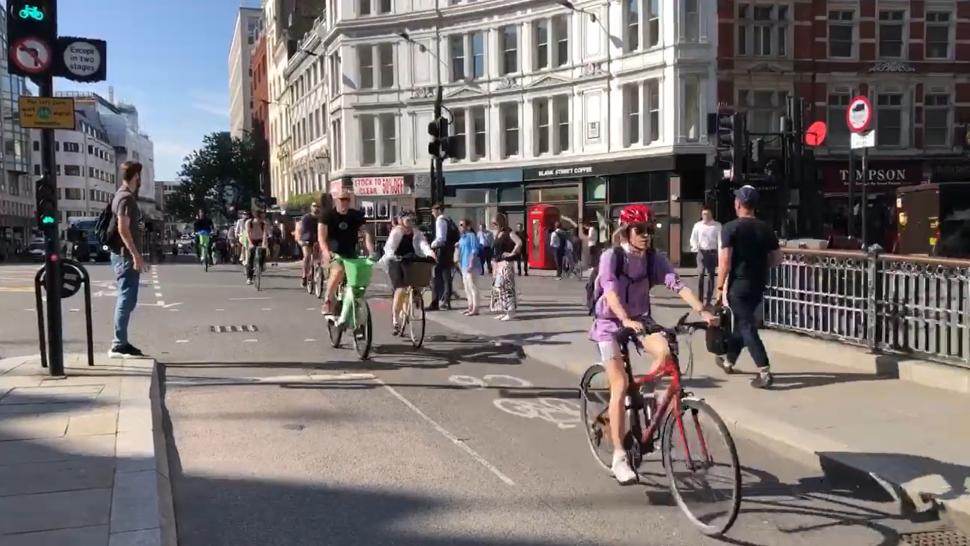
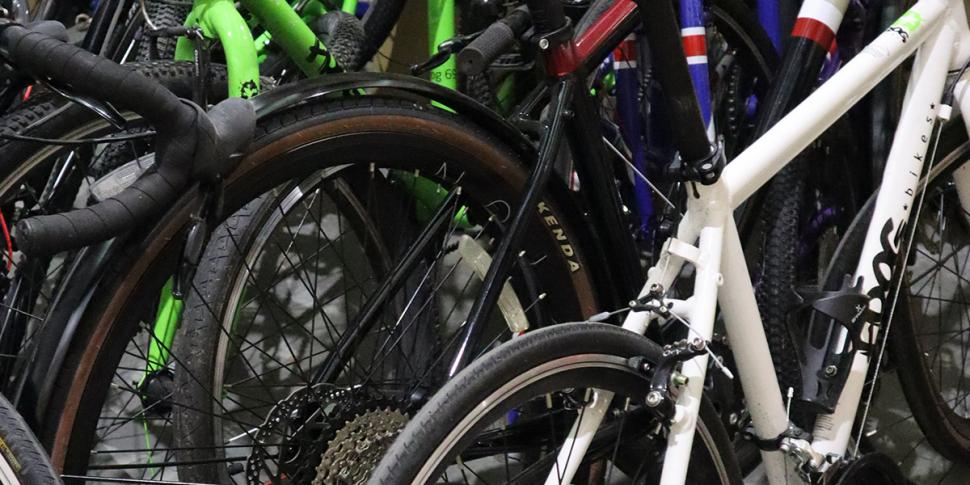
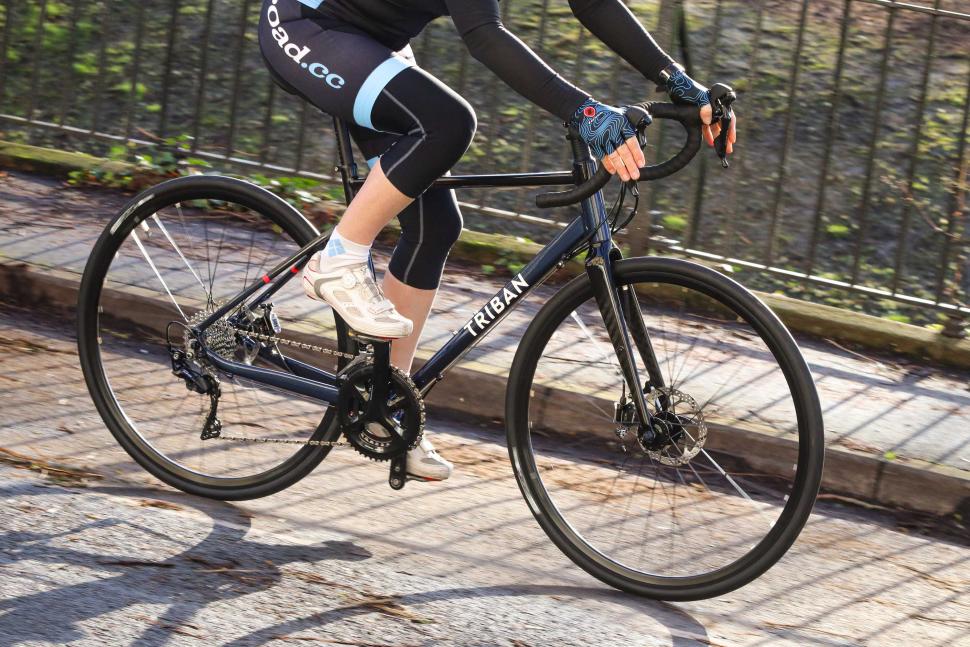
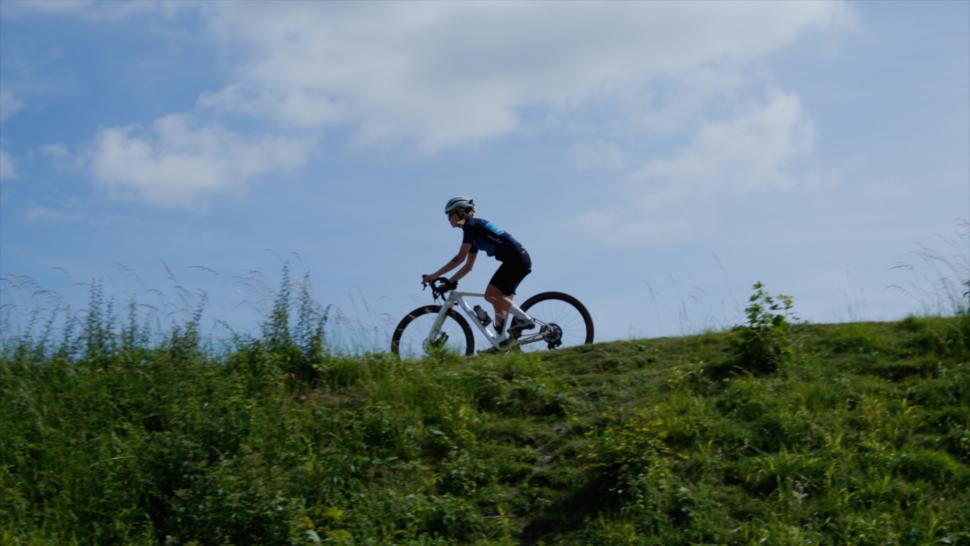
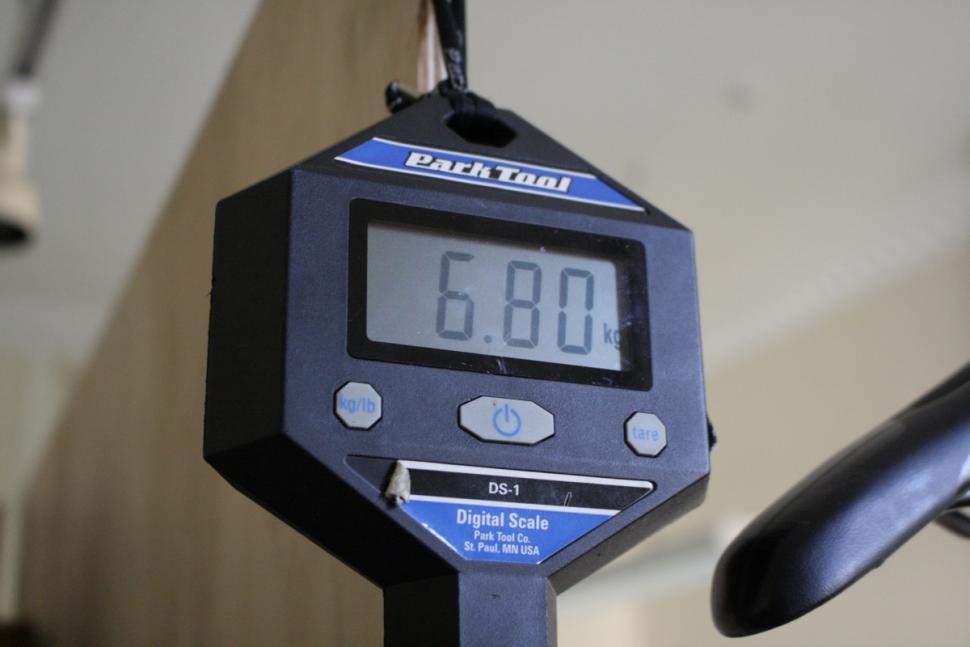
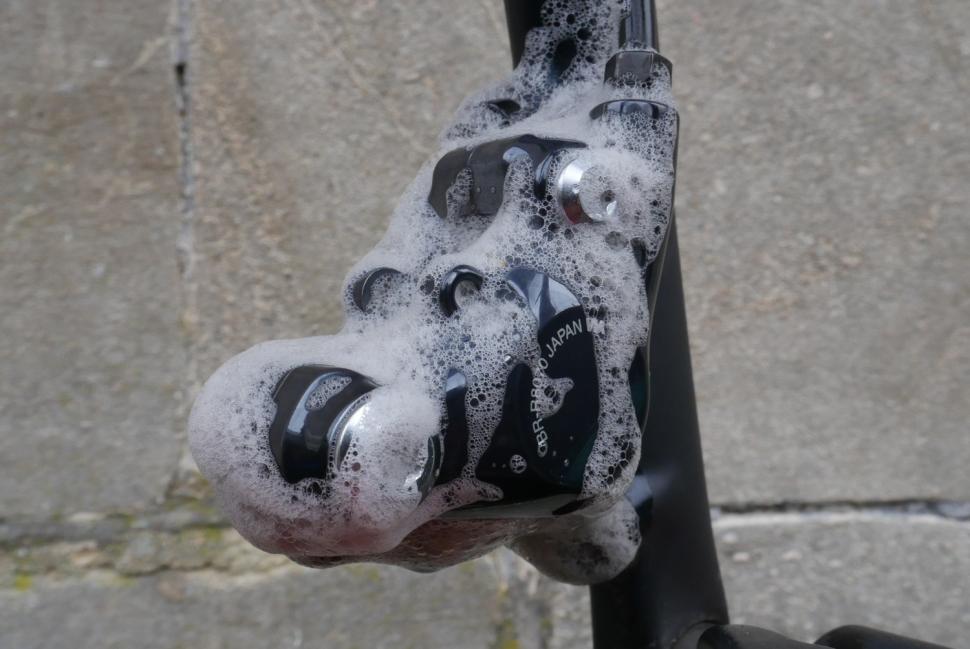
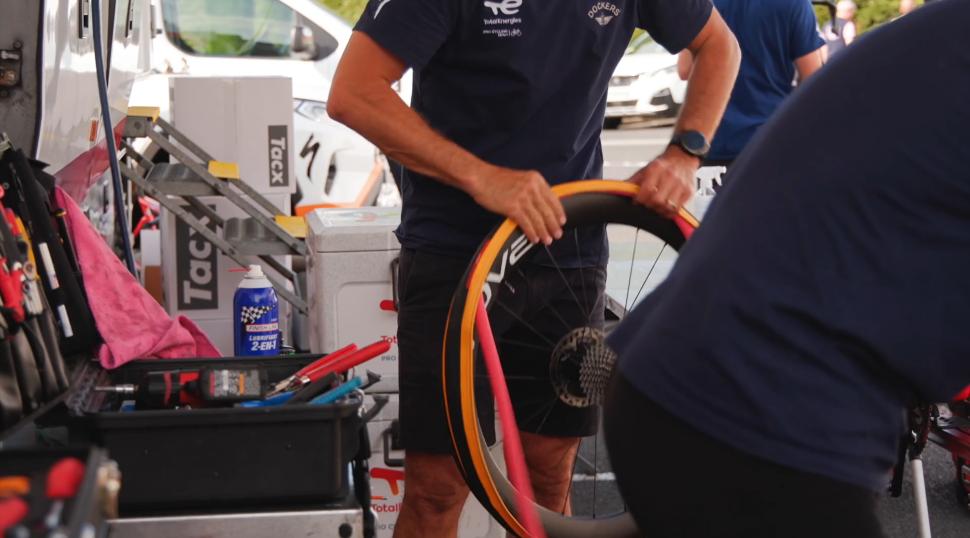

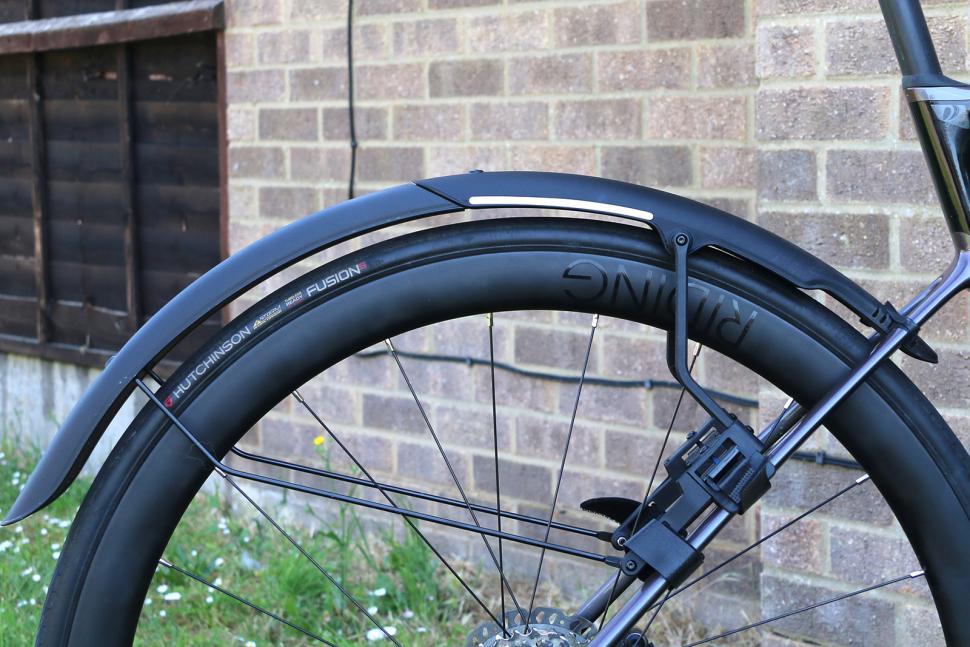
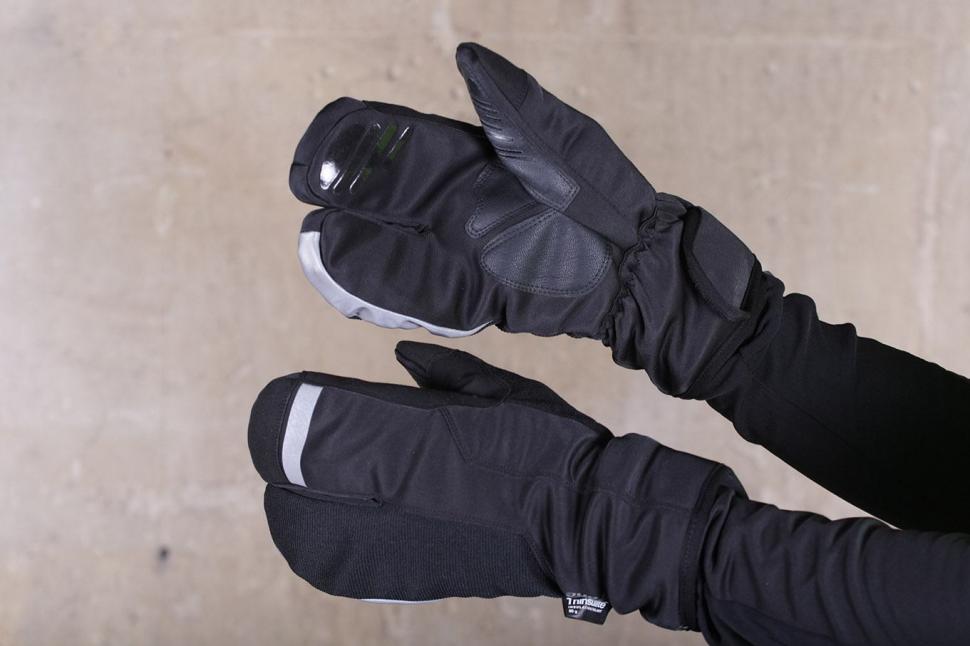
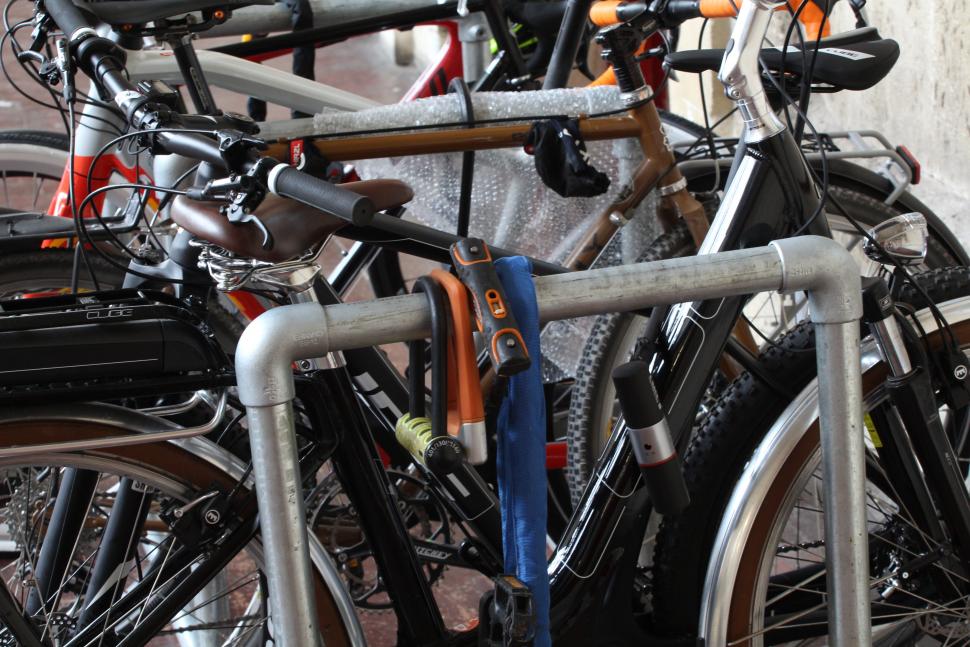
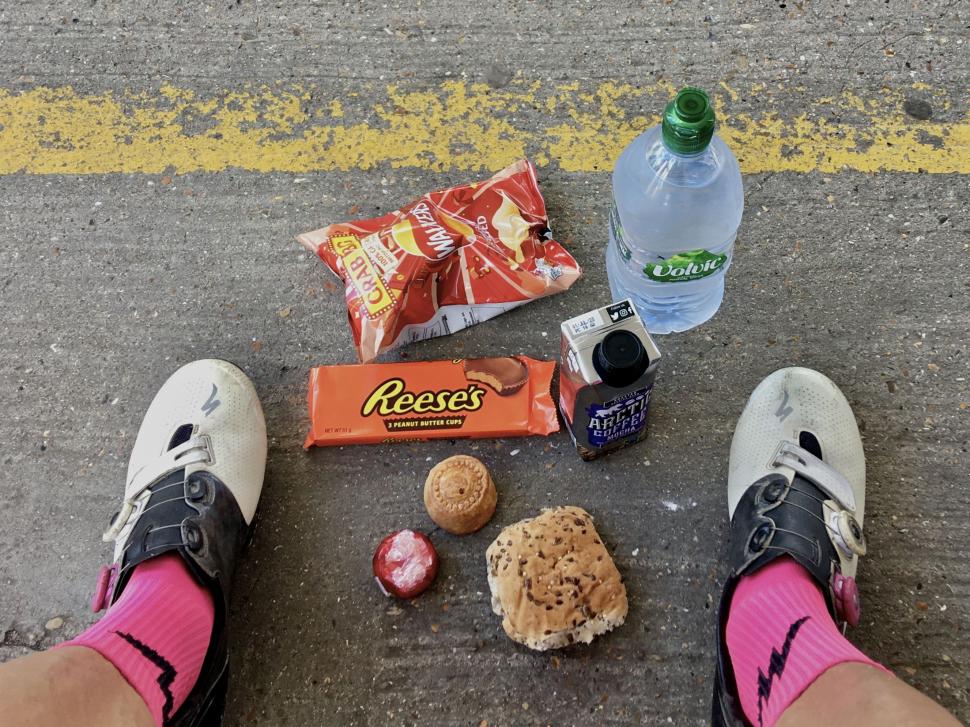
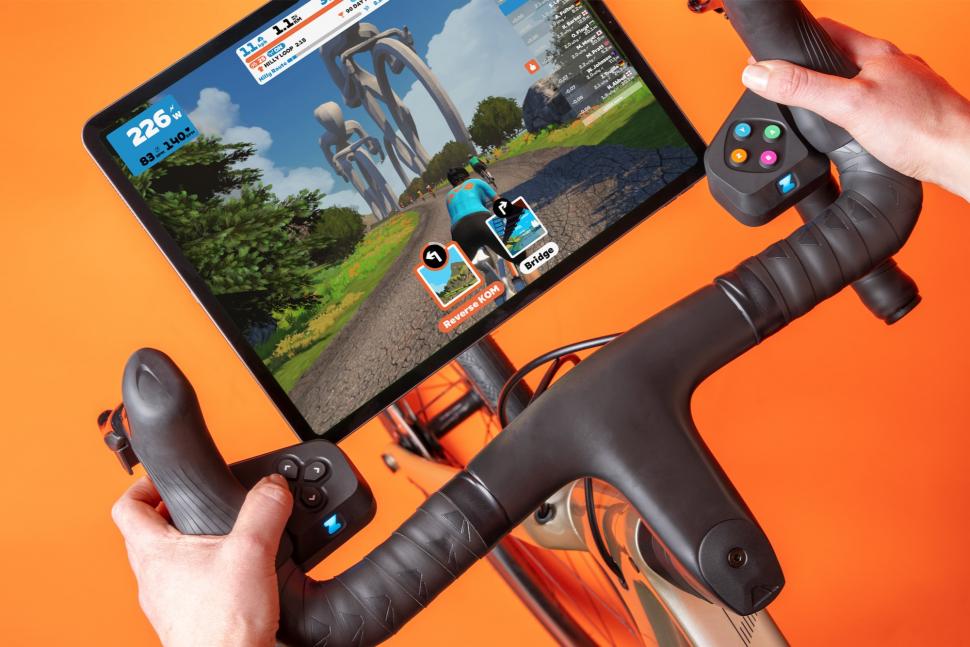
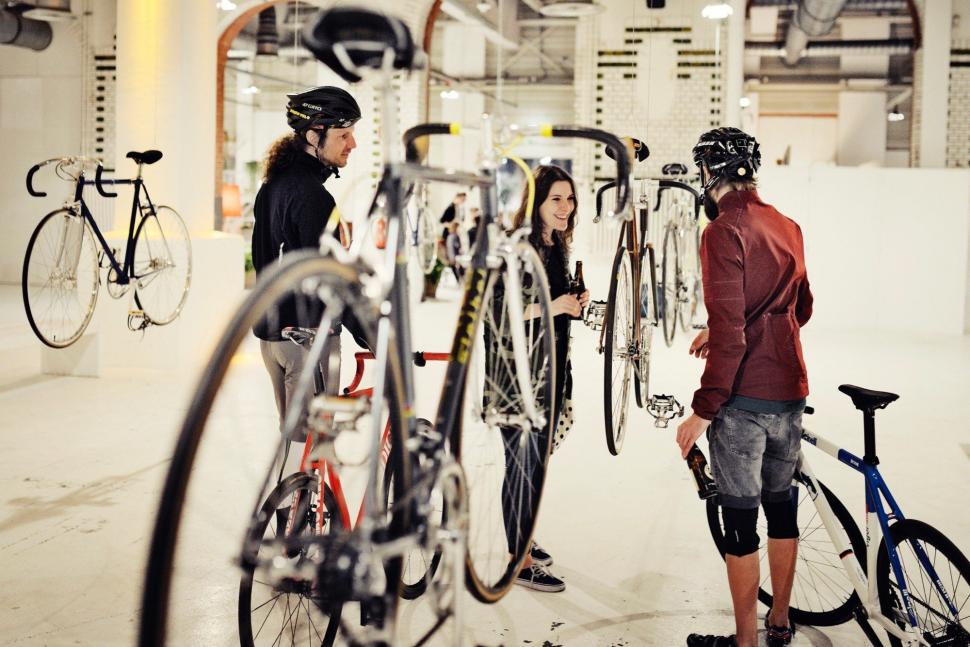
Add new comment
17 comments
Lights and hv vest should top the list they are top of my list as essential extras
Lights are something that you *dont* want to scrimp on - whether you use them to see or to be seen.
HV vest ... pretty much a waste of time in daylight. The reflective strips are virtually nullified by the ambient light, so you are left with a bright coloured over-vest ... and another layer of clothing to make you hot and sweaty. Plus, if you have a backpack on, almost completely invisible.
Far better with a bright jacket or jersey.
If its night ... why restrict yourself to a couple of thin reflective bars? Proviz do reflective clothing that knock the spots off any hiviz - other sports clothing manufacturers are following their lead.
So ... if you want to be seen, don't scrimp and by the best you can afford.
Lights are something that you *dont* want to scrimp on - whether you use them to see or to be seen
It's £10 for a pair of excellent Aldi lights which perform both functions admirably. I've had the latest versions for over 2 years and bought a replacement pair for £5 on sale in Fort William Aldi this summer.
Them Aldi lights are very good, no question. In our hoose we have four (two front and two back) that I've had for coming up to six years, as daylight-running flashers. They cost less than half the price of very similar Knog lights (which are also good, still going after 10 years with only a couple of new rubber straps needed - which came as spares with the lights).
Some lights still have the strange notion within their design that the daylight flashing mode should be less bright than the night modes. In fact, lights need to be brighter for use in daylight (especially sunlight) for obvious reasons. Aldis and Knogs seem to have the daylight flashing as the brightest setting although the cheaper Aldis are actually a noticeable degree or two brighter than the fairly bright Knogs.
I'm not very convinced by the super-expensive lights, despite them being made in Blighted. Mid-price and even the better cheap lights (such as the Aldis) seem just as good in terms of performance and longevity. The trick is to discover which brands are still not reliable then avoid - not easy to do.
Agree here. Standing out from your surroundings is crucial to being given space (and survival), whether it's an urban jungle with bright lights everywhere or a winding country road.
Expensive cycling clothing such as bib shorts aren't needed for shorter rides or commuting, sometimes padded undershorts work under running tights or similar.
Cheap lights are a lottery and are often either not bright enough, have poor fixings or short run times. I have found Cateye lights to be robust, reliable and relatively cheap. If you have more money to spend then Exposure are UK-made and a premium brand that many people say are worth the money.
I buy consumables like chains, brake pads, tubes and tyres online when they are on offer, though frequent cleaning & lubing improves the life of the chain, pads and rims, especially in wet weather.
"of course in the social media era you can check if the bike is visible in any profile pictures, or on Strava activities"
Excuse me Mr Bike Seller, please can you just tell me your socials so I can check if your bike is on there?!
I may have missed the point...
If I am buying spares or necessities online and there is a "free delivery over £x value" but I am just short, I add a consumable spare (gear cable, inner tube, joining link, etc) to bump over the delivery threshold. As these are things you can go through the most, it saves having to make seperate orders and pay delivery for both.
The best advice is to buy clothing from good brands in the out of season sales
It's a good article, this, despite being peppered with links to other pages pushing lotsa expensive and probably spurious stuff. The article is a great counterpoint to the usual manufacturer's reguritated PR articles about the latest and greates (and bluddy expensive) bicycle fashion item. More of this sort of thing (the save money, not splurge money stuff)!
I'll emit a small moan about the recommendation to buy supermarket fud instead of ridiculouly expensive sugary stuff in a bit of litter. Why not go the whole hog and make your own fuelling food, which will be free of the Ultra Processed Cacka, excessive sugar & salt and queer preservatives found stuffed into supermarket dross? Make your own - better quality well-balanced nutrition, less expensive and gives you a new skill.
I'd add another way to save a lot of money and waste: discover those websites run by obsessive independents (independent from the cycling industry) who perform exhaustive objective tests on bike stuff then give you the test details, data and results.
Best example: Zero Friction Cycling, run by an Aussie whose data can save you hundreds of pounds you might otherwise spend on wearing out poor quality components (especially chains) with even poorer quality pseudo-lubes. 24,000km from a chain rather than 3000km before you need to renew. Lubrication that doesn't eat just your chain in a couple of rides but also your cassette and chainrings in a couple more.
Nonsense! Zero Friction stuff is very expensive, at around $60 for 2 pucks of wax that washes off in the rain, or you could use their Absolute Black lube that cost $220 for a very small bottle, there's probably gold dust in the fluid.
All I use is Dumonde Tech lube, and so far I'm at 12,000km on my first use of it on a chain. My cassette and chainrings last around 36,000km, and usually my chainrings will last longer. So I'm spending about $32 on chain times 2 is only $64, and the lube is only $15 and lasts a long time. I only have to reapply the lube about every 500 miles after the first 3 applications, and it doesn't wash off in the rain.
Even when I use to use Rock n Roll lube my chains lasted that long, but I had to reapply it about every 150 miles, and it's reapplied by squirting the stuff on, which turned out to be expensive and a waste of product, though it did work well, and kept the chain very clean to the touch; but even that stuff would be a lot cheaper than Absolute Black or the wax pucks.
Wipe down your chain after every ride, relube when you hear noise, and your chain will last a long time. I have never gotten less than 10,000km on a chain for the last 40 years of riding, and I have had a few that lasted 16,000km, all on older lubricants like Pro Link Pro Gold, Finish Line Dry, Tri Flow. Tri Flow I used for many years, it works great but required frequent reapplying, Finish Line Dry worked great to till it rained, and Pro Link worked great but after 150 miles you had to completely remove it and reapply because the old lube would get gummy. So of all those I found Dumonde Tech to be the best.
I think between all the lubes on the market there isn't going to be a significant difference, it will depend on the type of lube you use and the environment it will be used in.
I copied the below from another forum user of Dumonde Tech:
Dumonde Tech is all about the plastic polymer! Most lubes on the market are good, but they want you to soak the chain in hopes that the right ingredient gets to the right spot. Dumondes plastic polymer however is attracted to heat and friction, aka it will end up where it's needed without complete saturation... Use less, save $$! Once it finds the friction it will form a plastic plating to protect you ride! Once the DT is established you essentially now have a plastic bushing protecting the pins and rollers of your chain from wear. That plating will not only do all of the things that awd505 said, but also extend the life of your drivetrain! (The plating will reestablish itself, your pins or other lube ingredients can't) My road bike has 5500 miles on the original drivetrain! No Joke Dt is performance in a bottle and the only lubes/grease that is allowed to touch my bikes! It can take some time to learn how to use the proper amount, over application can lead to dirty chain, but this is true for all lubes. my recommendations if your chain isn't looking pretty with Dumonde is wipe more, use less.
He said it better than I could, all I know is that it works great.
That sounds like fan-gush. On the other hand, it may all be true. But, unlike the ZFC bloke, you seem to have nothing but the anecdote of your personal experience and another very gushy anecdote from "another forum user".
Incidentally, the ZFC bloke isn't an agent* for any of the things he tests but instead derives tables measuring results from well-designed tests measuring all sorts of conditions in which chains run. Many products do well in some conditions but not so well in others. For us consumers, its handy to know what works best in what conditions.
And what hardly works at all.
He also does a cost-per-mile table that divides the product price and quantity used by the distances done befoe a chain reaches 0.5% elongation from wear. Useful, that.
Finally, he's not afraid to criticise not just the advert-lies products that are found to be very poor performers but also the good performers whose products perform poorly in certain ways or in certain conditions.
Why not ask the ZFC bloke to perform his tests on the stuff you mention? Perhaps it will outclass the various hot-melt waxes with added slippery stuff?
---------------
So, for all anyone reading your post knows, you may be a shill for that stuff you gush about. Not necessarily .... but you have nothing to back up the claims you make. Show us your test regime and hard data.
Incidentally, the manufacturer blurb about the plastic polymer magic sounds .... unusual.
* The ZFC bloke does act as a testing agent for some lube manufacturers. For example, absoluteBLACK. Despite them putting an NDA on him as their testing agent, he's managed to point out that for the product they got him to test (a wax with graphene) the reulsts are "poor". No details because of the NDA but .... not their puppet, by any means.
He also sells a few products of those he tested and found to be at the top of his tables. It's more a package of a chain, treated to take off factory grease then hot-waxed in this or that. There doesn't appear to be any great sales or profits being made from this. It looks like an enthusiast offering the inexperienced a way to try some best-product stuff.
Have faith in developing you abilities! If you're performance orientated there is lots of free training advice online. However if you're hellbent on spending money books, coachings and training camps will make you a lot faster than a set of aero wheels for the same amount of money. You can still buy those wheels next year on a discount
Amazon - I've always found disappointing, hard to navigate for bike stuff. Ebay - a lot better - Hopkinson Bikes and Bankrupt bikes are two I keep going back to. Plenty of sellers for spanners, pliers, screwdrivers,
Allen keys. Plan ahead and get small parts like ferrules from Chinese vendors.
Planet X for Vavert inner tubes. I've been pleased with the clothing items I have had too.
Lidl / Crivit workstand if you can find it. I've been happy with the coloured Allen key sets they sometimes do.
https://www.bikeparts.co.uk/ Always impresses me in terms of range and price - good layout for drivetrain shopping.
Carradice for load carrying - it's not all beards, sandals and bag loops. Likewise Spa cycles.
Top of the list - ride your bike - the more often you ride the less cost per mile (or your preferred measure) will be...having the bike and kit not being used is money wasted.
Also, spending money on a bike is an investment in your future happiness, so it makes sense to spend as much as you can
And you wouldn't want that to be just the one bike, right?
The best advice of the lot, in this context.
Like some others, I suspect, I have too many bikes in the shed. I have sold one no longer needed bike in the last year but could sell another two, really, with no detriment to my cycling opportunities.
Selling is not so hard but posting can be. These days, it seems to add a significant amount to any price. Living way out west in Wales means that 99% of potential buyers would have to travel a long way to collect one if they bought it from me and wanted to avoid postal charges.
But I do feel a degree of guilt at this wastage of these bikes' riding time. They could be whizzing about pleasuring a human but instead gather dust in me shed.